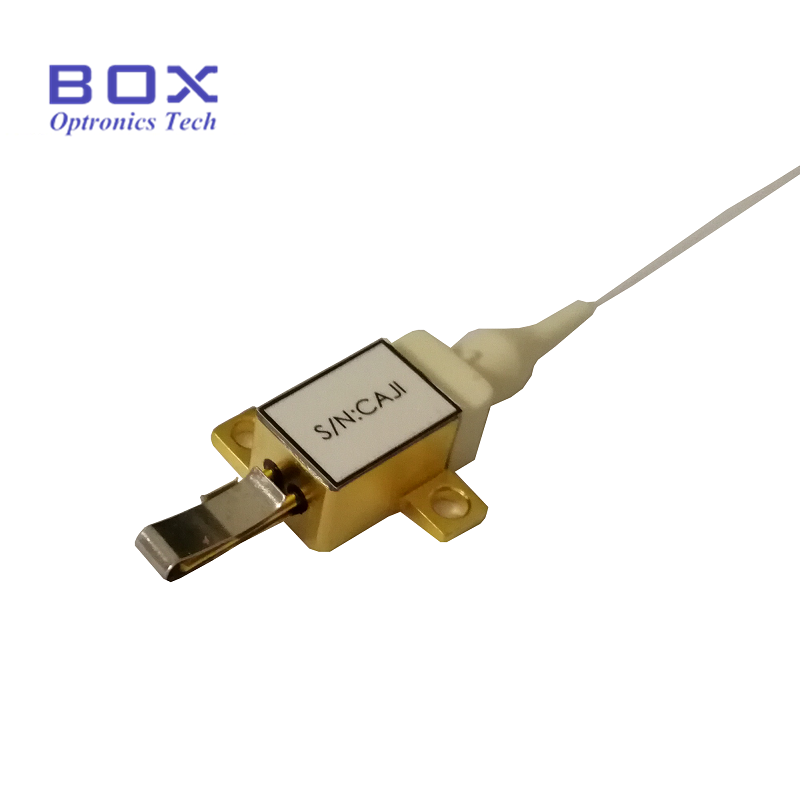Precision Illumination: Maintaining Beam Quality in High-Power Fiber-Coupled Lasers
2023-12-04
Introduction:
In the dynamic world of laser technology, the term "beam quality" is synonymous with precision and efficiency. High-power fiber-coupled lasers, renowned for their versatility, rely on the preservation of beam quality to ensure optimal performance in diverse applications. In this blog post, we will explore how beam quality is maintained in high-power fiber-coupled lasers and delve into the factors that influence beam divergence—the measure of how a laser beam spreads as it travels.
Understanding Beam Quality:
Beam quality refers to the ability of a laser beam to maintain its characteristics over distance, often expressed through parameters such as M² (M-squared) and beam parameter product (BPP). For high-power fiber-coupled lasers, maintaining beam quality is critical for applications that demand precision, such as cutting, welding, and medical procedures.
Maintaining Beam Quality in High-Power Fiber-Coupled Lasers:
1. Fiber Mode Control:
- High-power fiber-coupled lasers often utilize single-mode fibers to ensure a fundamental mode profile. This helps in maintaining a well-defined beam, minimizing higher-order modes that can contribute to beam distortion.
2. Collimating Optics:
- Collimating optics play a crucial role in preserving beam quality. These optics help shape the laser beam, ensuring that it remains collimated and well-defined as it exits the optical fiber. Proper collimation minimizes beam divergence.
3. Quality Coupling Optics:
- The use of high-quality coupling optics during the transition from the laser source to the optical fiber is essential. These optics optimize the coupling efficiency, minimizing losses and preserving the initial characteristics of the laser beam.
4. Feedback Control Systems:
- Implementing feedback control systems helps in real-time monitoring and adjustment of the laser parameters. This includes controlling the power, temperature, and other factors that can influence beam quality.
5. Beam Expander (Optional):
- In some applications, a beam expander may be integrated into the system. A beam expander magnifies the laser beam diameter, reducing divergence. This is particularly useful when applications require a larger spot size or extended focal length.
Factors Influencing Beam Divergence:
1. Fiber Core Size:
- The core size of the optical fiber influences beam divergence. Smaller core sizes, as seen in single-mode fibers, typically result in lower beam divergence.
2. Numerical Aperture (NA):
- The numerical aperture of the fiber affects the acceptance angle of the laser beam. Proper matching of the numerical aperture between the laser source and the fiber helps minimize beam divergence.
3. Collimating Optics:
- The design and quality of collimating optics influence how well the laser beam is collimated as it exits the optical fiber. Proper collimation helps reduce beam divergence.
4. Spatial Mode Content:
- High-power lasers may have multiple spatial modes. Maintaining a fundamental mode (TEM₀) through proper fiber selection and design helps control beam divergence.
5. Wavelength:
- The wavelength of the laser beam also influences beam divergence. Different wavelengths may exhibit varying divergence characteristics.
Conclusion:
Preserving beam quality in high-power fiber-coupled lasers is a delicate dance of precise engineering and thoughtful design. Through the use of advanced optics, meticulous feedback control, and proper thermal management, engineers can harness the power of these lasers while ensuring that the emitted beams maintain their integrity over distances. Understanding the factors influencing beam divergence allows for strategic decision-making in laser system design, enabling the delivery of precision and efficiency across a spectrum of applications. As technology advances, the quest for maintaining beam quality in high-power fiber-coupled lasers continues to illuminate new possibilities in the world of laser technology.



